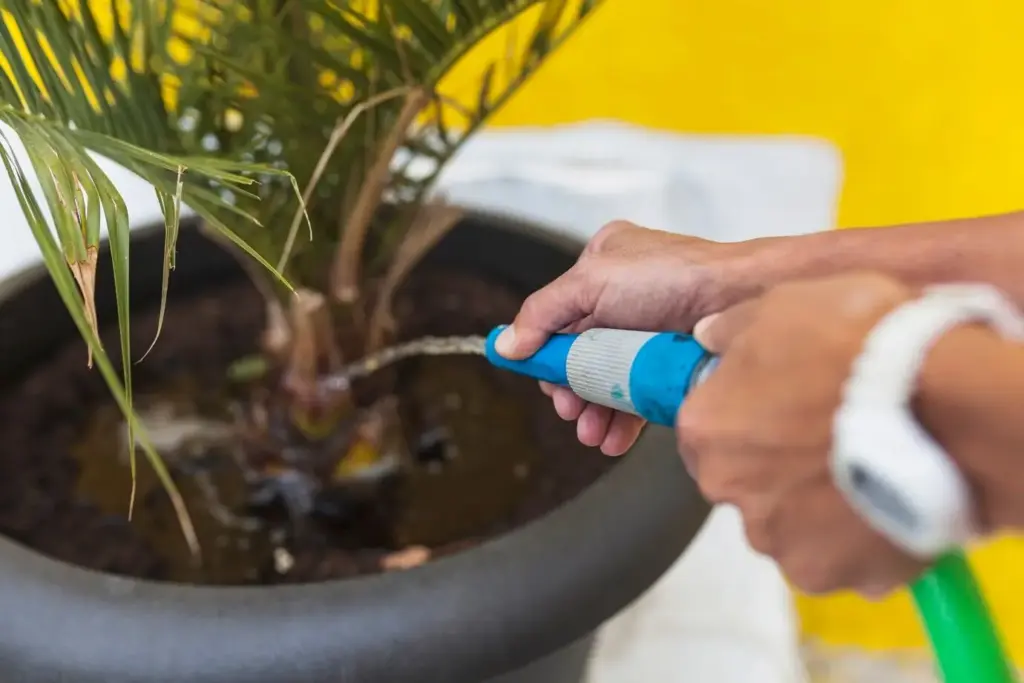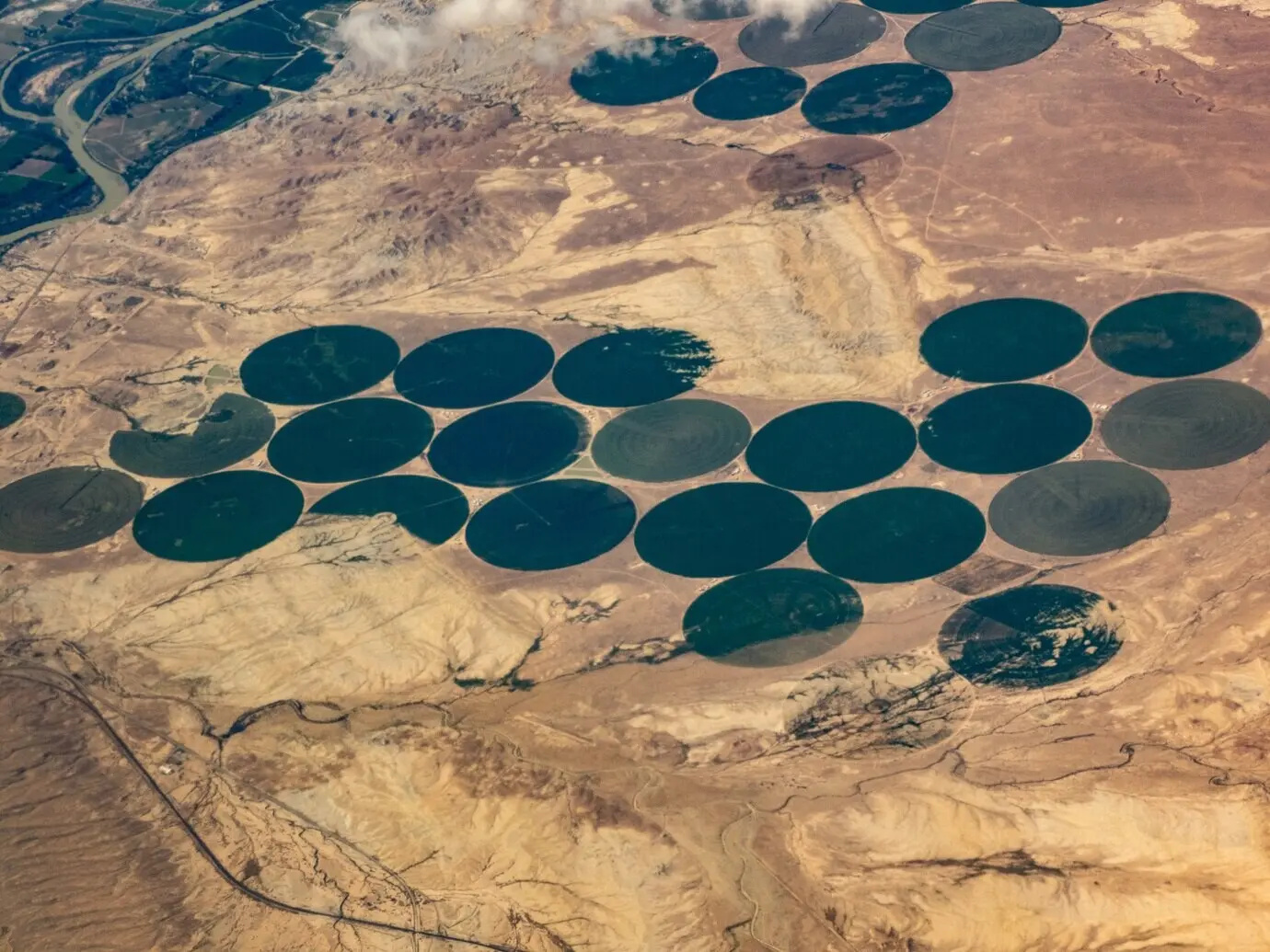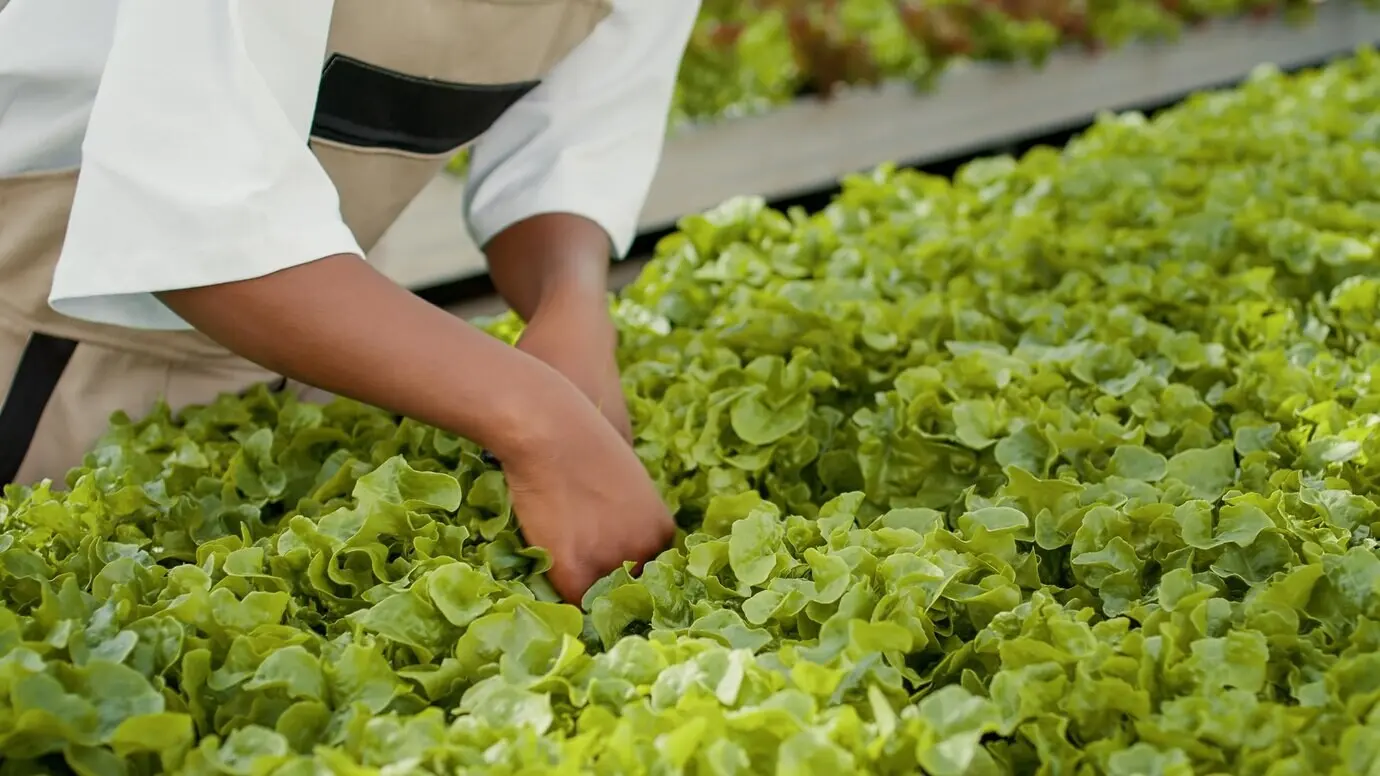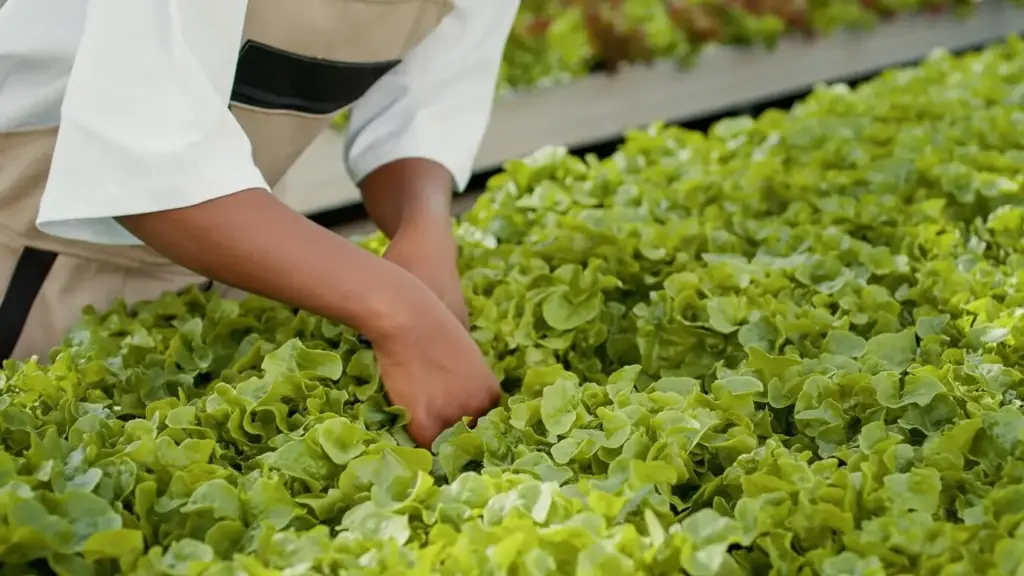Smarter Sprinkler Setup: Controllers That Listen to the Soil

Plan the System Around Plants, Soil, and Data
Zone mapping that reflects roots, not property lines
Group turf, shrubs, native beds, and edibles by similar root depth and water needs so a single moisture reading truly represents the zone. Sketch soil types—sand, loam, clay—and mark slopes and shade. This map guides where sensors should sit, how many you need, and which nozzles or emitters match infiltration rates. Thoughtful grouping reduces conflicting signals, stabilizes schedules, and lets the controller make confident adjustments when weather shifts, preventing soggy patches, dry corners, and the headache of constant manual overrides.
Compatibility checklist before you buy anything
Confirm the smart controller accepts your sensor type, whether digital or analog, and supports thresholds, pausing, or skip rules per zone. Check power requirements, wire gauge, burial ratings, and surge protection options. Review features like cycle‑soak, master valve control, flow sensor inputs, and local weather integration. Avoid mixing ecosystems that only half‑work together; a few minutes with manuals and wiring diagrams prevents installers from improvising in the mud. Compatibility upfront means cleaner wiring, faster commissioning, fewer support calls, and happier plants all season.

Choose Hardware That Works Together
01
Smart controller capabilities that matter in practice
Look for clear per‑zone moisture thresholds, seasonal adjustments, weather data integration, cycle‑soak programming, and robust manual override options. A good interface, both on the device and in the app, shortens learning curves and builds trust. Alerts for valve faults, sensor offline conditions, and flow anomalies prevent small issues from becoming big leaks. Local control during internet outages adds resilience. These practical features transform the sprinklers from a set‑and‑forget box into a responsive steward that learns your landscape’s rhythms and protects your investment through every season.
02
Moisture sensors suited to your soil and roots
Capacitance sensors deliver consistent readings with minimal soil disturbance, while resistive probes are inexpensive but drift more over time. Tensiometers can express plant stress more directly but require maintenance. Pick models with stable calibration, robust housings, and cable jackets appropriate for burial. Match sensor length to root depth—turf differs from shrubs and edibles. The right sensor, placed correctly, gives the controller a truthful snapshot of what roots feel, allowing nuanced irrigation that balances comfort, growth, and conservation without guessing with the hose in hand.
03
Power, connectivity, and weather resilience
Ensure adequate controller power for valves, sensors, and any wireless bridges, and consider battery backups for critical sites. Choose connectivity—Wi‑Fi, radio, or hardwired—that remains strong where you mount the controller and bury sensors. Weatherproof enclosures, UV‑resistant materials, and gasketed covers prolong life. Add lightning and surge protection if storms are common. Durable hardware reduces downtime and preserves the consistent data stream the controller relies on, turning occasional tweaks into informed decisions instead of emergency fixes on the hottest afternoon of the year.
Install with Precision Where Roots Actually Drink
Sensor placement that tells the full story
Install sensors at representative spots within each zone—neither the wettest spray overlap nor the driest edge. Set depth to the active root zone, often 7–10 centimeters for turf and deeper for shrubs or beds. Use two sensors in complex zones to capture variability. Keep probes a safe distance from emitters and avoid rocky pockets. Mark locations on your plan. Thoughtful placement prevents misleading readings that cause premature shutoffs or overwatering, letting schedules adapt gracefully to weather and maintain strong, resilient root systems.
Clean wiring and protected connections
Run cables in smooth arcs, avoiding tight bends that stress insulation. Use gel‑filled, waterproof connectors rated for direct burial, and place junctions in accessible valve boxes with clear labels. Separate low‑voltage control wires from potential interference sources. Leave service loops for future maintenance. A neat wiring scheme is not merely aesthetic—it prevents dropouts, reduces corrosion failures, and keeps sensor data reliable. When you return months later to adjust thresholds, you will be grateful for legible labels and dry, intact connections.
Calibrate, Connect, and Program Thoughtful Rules

Validate Performance and Tune for Changing Seasons
Field checks that make data actionable
Walk zones after watering, checking the soil by hand at probe depth to feel moisture alongside the numbers. Note pooling, hydrophobic patches, and shaded microclimates that lag behind. Compare readings before and after cycles to ensure changes make sense. If sensor trends disagree with reality, reposition or recalibrate. These small observations turn dashboards into wisdom, giving you the confidence to tweak rules precisely, save additional gallons, and protect roots from either underwatering fatigue or chronic wet feet that invite disease.
Real stories and honest adjustments
A typical suburban lawn we tested reduced runtime 28% over summer, stayed greener through a heatwave, and eliminated a weekly runoff river down the driveway. The magic was not a gimmick—just careful sensor placement, matched nozzles, and patient tuning. A few zones needed deeper thresholds when winds rose. That experience reminds us to trust observations, keep notes, and adjust once at a time. Your results will be uniquely yours; share them with neighbors and compare maps to accelerate everyone’s learning curve.

Savings, Healthier Landscapes, and Community Impact
Measuring return without the spreadsheets headache
Capture baseline bills for a few months, log rainfall, and export controller histories. Compare gallons used per degree‑day or per square meter of irrigated area. Even simple before‑and‑after charts reveal trends that motivate continued improvement. Celebrate small milestones, like eliminating a puddle or skipping two cycles after gentle rain. These victories build momentum, keep stakeholders engaged, and prove that attentive setup, not just fancy hardware, creates the meaningful savings and reliable plant health everyone hopes for when upgrading irrigation.
Better roots, fewer problems, calmer mornings
When soil moisture guides decisions, roots grow deeper, thatch issues ease, and fungal pressure drops because leaves stay drier and irrigation starts at better times. You notice fewer emergency adjustments and more days when nothing needs your attention. The smartest compliment is silence: a landscape quietly thriving, neighbors asking how you did it, and a controller choosing rest as often as it chooses action. That balance saves water and restores confidence that your setup truly serves plants and people together.
Join the conversation and keep learning
Post a photo of your sensor placement, share your first month of savings, or ask for help interpreting moisture graphs that look confusing. Subscribe to receive seasonal checklists, wiring diagrams, and calibration worksheets. Your questions spark future guides, and your experiments inspire others to try. Together, we can replace wasteful habits with clear, repeatable steps that protect landscapes, lower bills, and respect water as the precious resource it is. Your story might be the next example we celebrate.

All Rights Reserved.